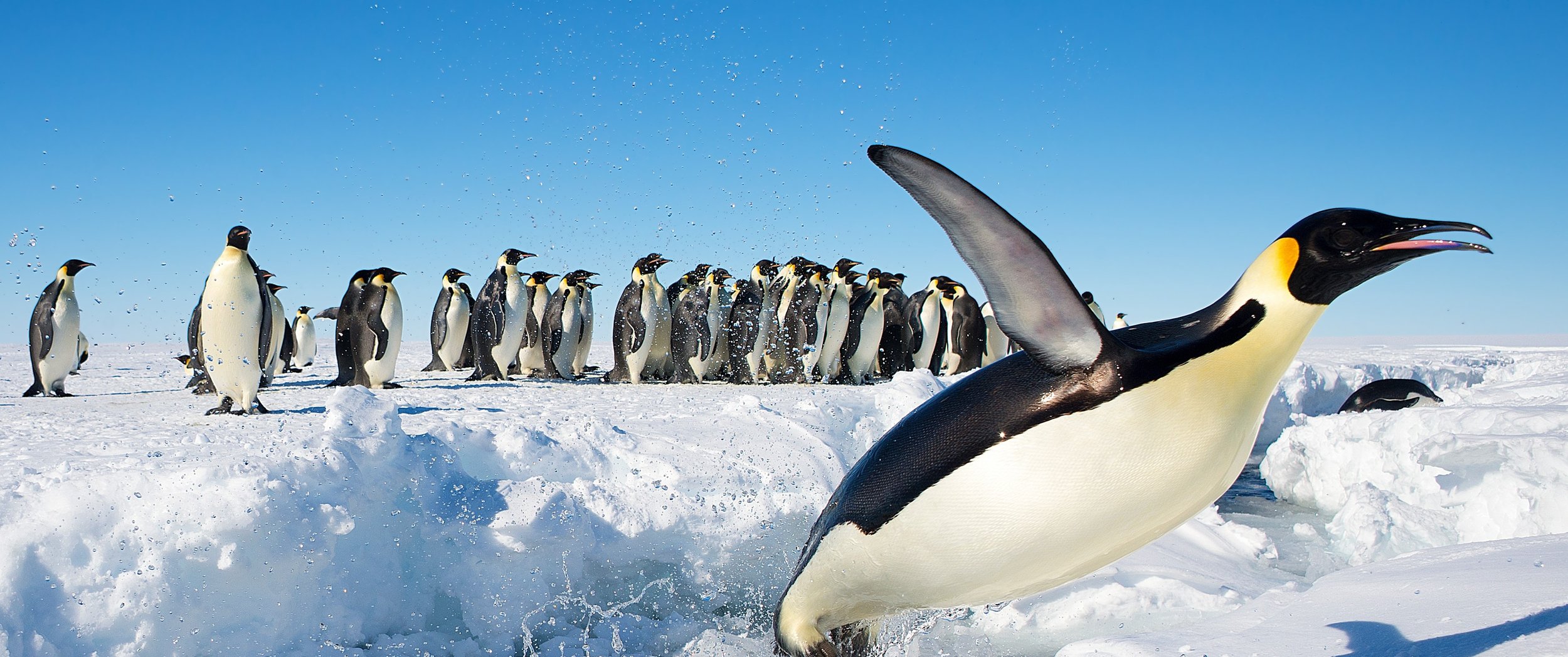
Antarctica
Cuverville Island can be recognised by the overcast weather combined with the coastline to the northwest. You’ll also see a decent number of penguins, particularly toward the east.
A tripod featuring the exterior and interior of a small wooden cabin with a grey metal roof can be found south of the eastern tip of Ross Island.
McMurdo Station is the largest research station on Antarctica, and can be recognized by the dark brown soil, many buildings, American infrastructure and sunset coverage.
NOTE: A lot of the coverage around McMurdo Station has the sun setting in the south, which shouldn’t lead you to guess in the northern hemisphere.
On the eastern side of McMurdo Station you can find a small wooden cabin, having a tripod going inside.





















